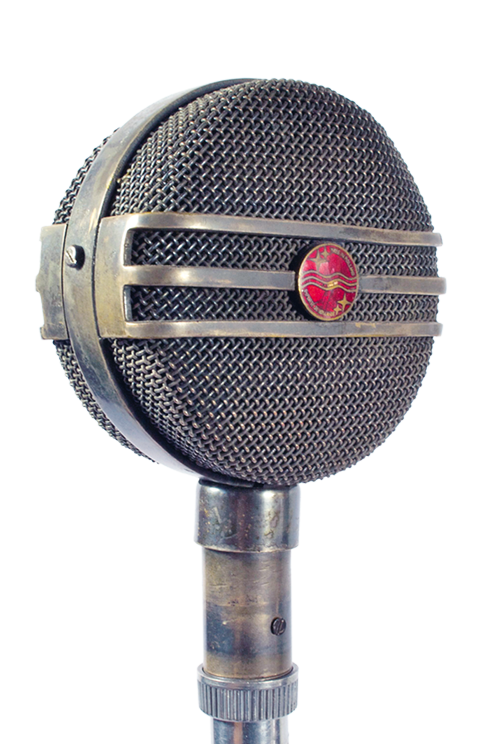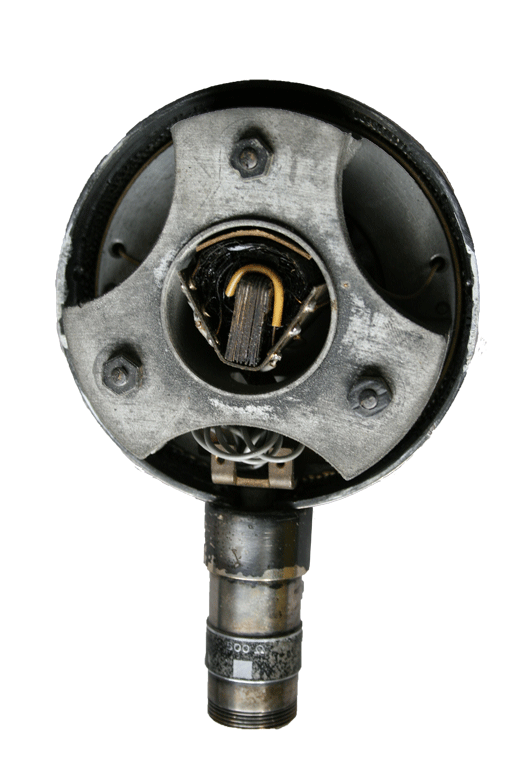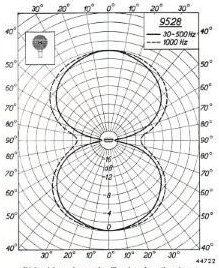|
The Philips 9528, from around 1938, is a unique dynamic microphone since its recording pattern is bi-directional, a pick-up pattern one would only expect ribbon, and studio condenser microphones to offer.
It is not just unique, it is very stylish as well with its Art Deco shape and old silver plated casing. These microphones should be polished regularly to keep them shining, but watch out not to polish away all that silver!
As the most important Dutch company to produce P.A. and broadcasting equipment, Philips had a large catalogue of different sorts of microphones before World War II, but they were all of the carbon, crystal or ribbon type, apart from this dynamic 9528.
As Philips boasted: Thanks to its excellent properties, the Philips 9528 microphone will meet all requirements. The use of Philips unique magnet steel and a strong, flexible paper diaphragm, as well as a careful construction right down to the smallest detail, give this microphone high technical quality and performance. It is very robust, despite its reduced dimensions and weight.
The reproduction of both music and speech is clear and not distorted. As a result of the principle of pressure variations, the directional characteristic of this electromagnetic microphone is, like that of the ribbon microphone, 8-shaped and has all the inherent advantages.
The visual aspect has been specially treated; the small footprint, the well-chosen shape and the elegant old silver finish make this microphone pleasant to look at without imposing.
For outdoor use, we provide a small, lightweight, water-proof cover.
Dimensions: diameter: 92 mm, thickness: 54 mm, weight: 785 gr.
Different impedances were available: 10.000/500 ohm (type 9528/00) 200/50 Ohm (9528/03), with black handle or straight connection.
After WWII, an updated version was made as 9561, with 3 impedances: 200/500/10.000 ohms, fitted with the hard to find four-pin plug, which allowed instant choice of impedance. For impedance change in the earlier model 9528 wiring adjustments needed to be made inside the casing.
The later version also had a different magnet design: one large one instead of three small ones (as can be observed in the 3rd picture) but it retained the 'figure of eight' pick-up pattern.
This is one of the types that feature in my book Witnesses of Words.
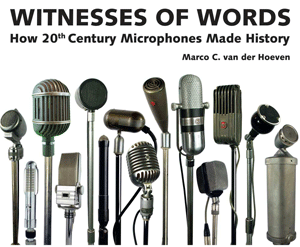
|
|
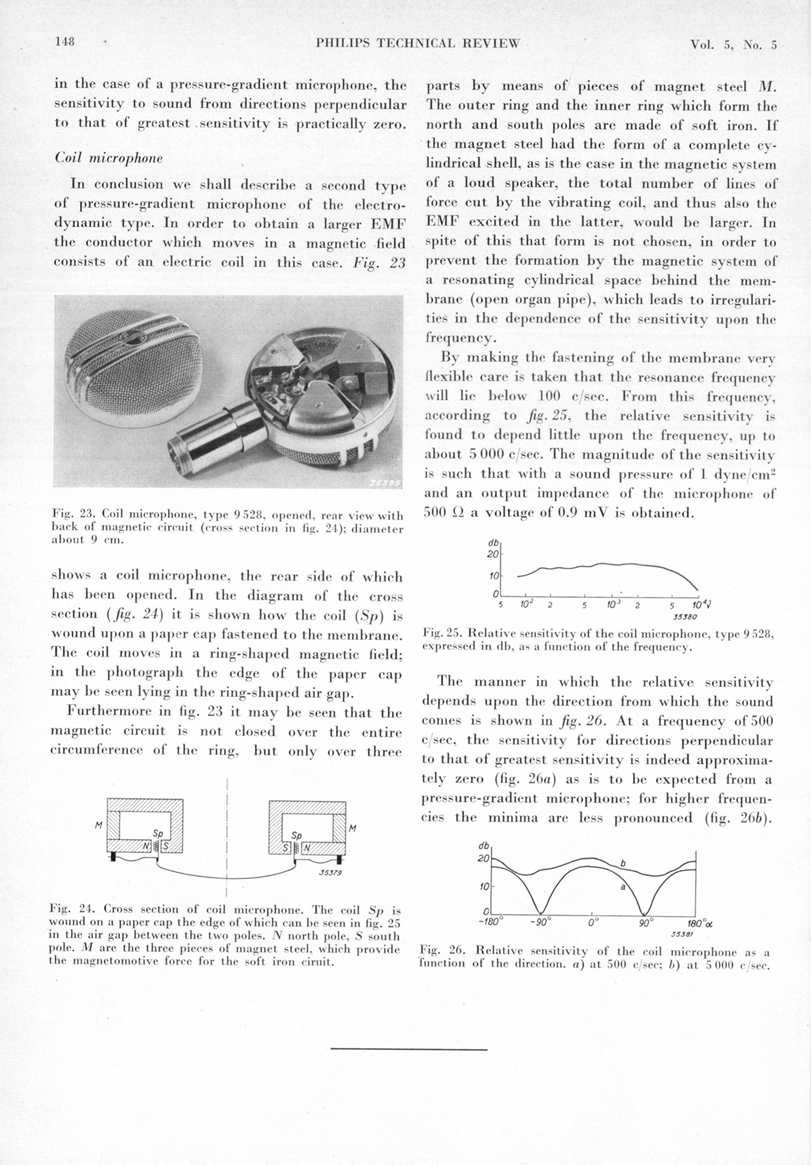 |
|
Above: Philips 9528
Middle: Philips technical review from 1940 & later 9561 version with open back-side
Under: 9528 service document, front of Philips microphone program from around 1938, and recording pattern |
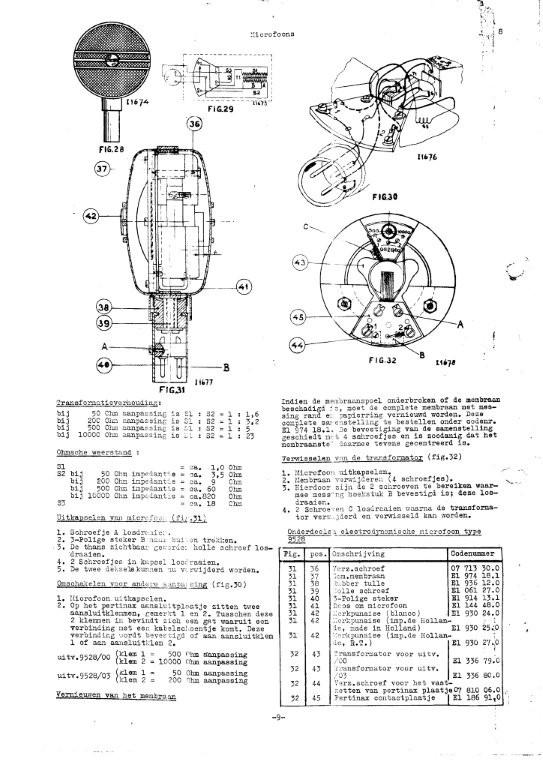 |
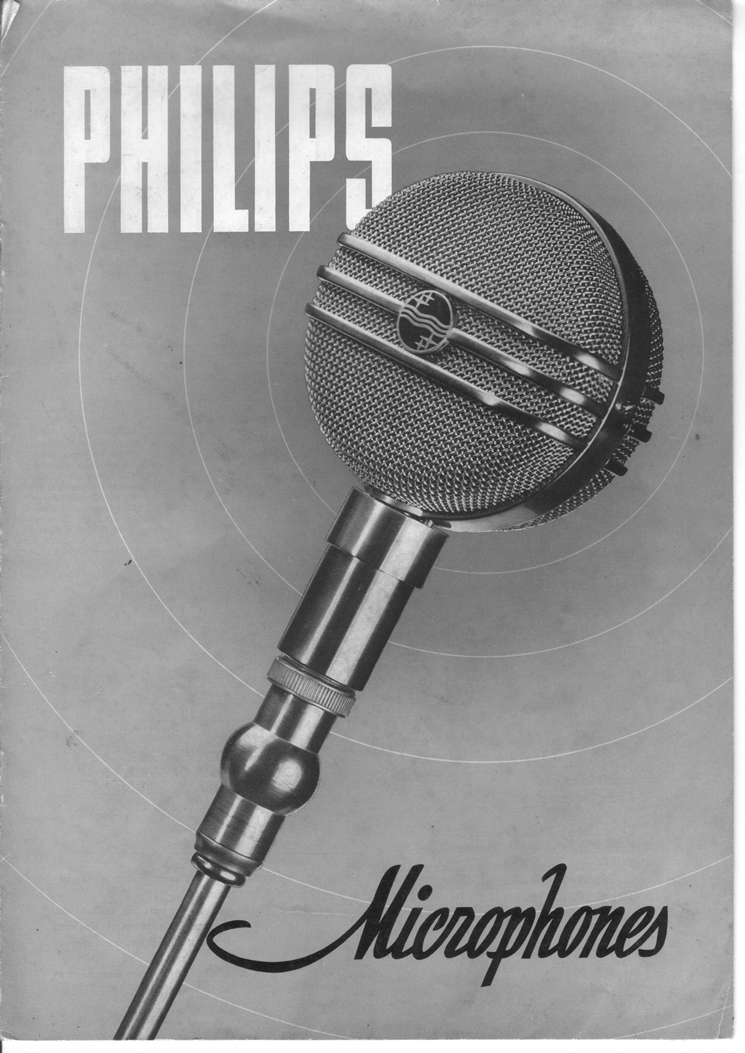
|
|
|
|


 Video's
Video's Contact
Contact


